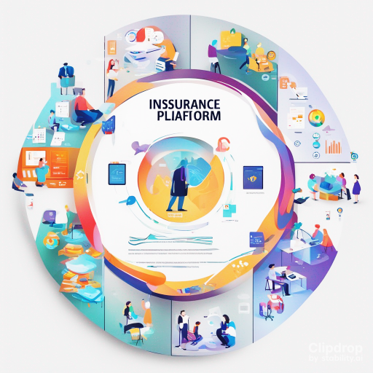Articles
Insurance in the AI Era: Why a Modern Core System is No Longer Optional but Essential
Legacy systems are now the biggest barrier to AI adoption in insurance companies. Organizations with modern, unified core platforms implement AI solutions 70% faster than those using fragmented legacy systems. The advantages of a single core system include centralized data access, streamlined workflows, rapid deployment capabilities, and lower ownership costs. Forward-thinking insurers are already using AI to automate underwriting, detect fraud more accurately, personalize customer interactions, and dynamically adjust pricing. The gap between modernized companies and those delaying transformation grows daily, making core system replacement not just a technology decision but a strategic imperative for survival in today's competitive insurance landscape.
The Challenge and Solution: Core System Replacement in Financial Organizations
Is it truly possible to replace a core system in a complex organization? This is a question that every IT manager in insurance companies and financial organizations grapples with ...
The Dual Challenge: Customizable Software Products in the Insurance Industry
In today's rapidly digitalizing insurance landscape, technology providers face a unique challenge: delivering standardized software that can also adapt to each insurer's specific needs. Our new article explores how traditional approaches often fail—product companies remain too rigid, while custom development services struggle with long-term stability. We present a hybrid model that combines the strengths of both worlds through modular architecture, integrated teams, and bidirectional development processes. This approach delivers faster implementation, greater flexibility with stability, lower total costs, and continuous upgrades without sacrificing customization. Discover how leading insurers are successfully navigating digital transformation with this innovative approach that balances standardization with customization—a strategic decision that will shape competitive advantage for years to come.




